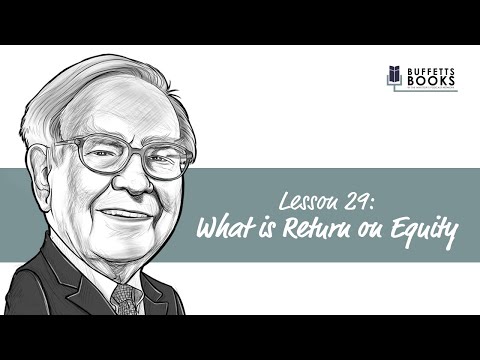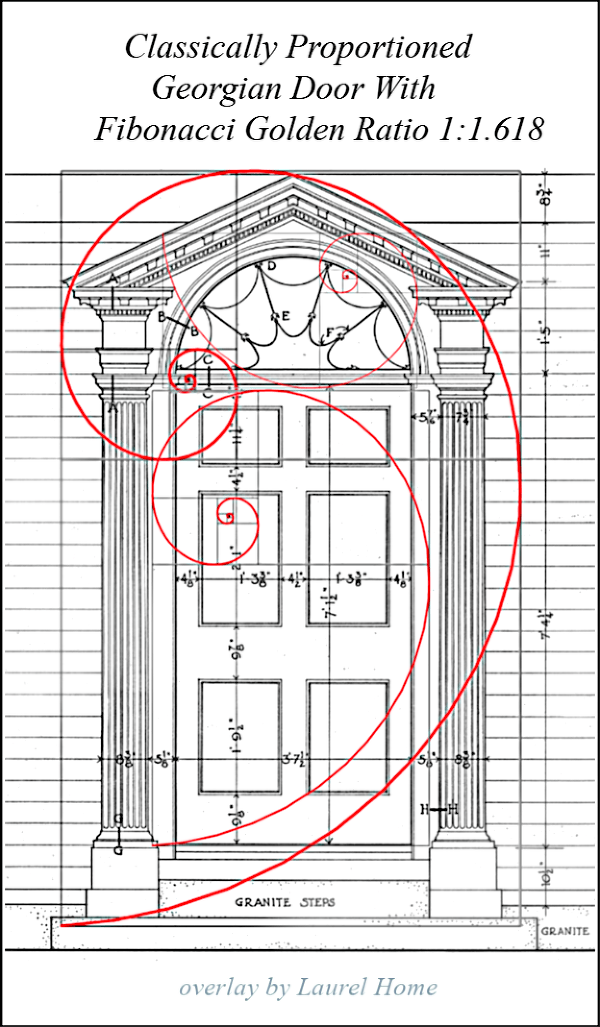Contents:


As shown, the total payment for each period remains consistent at $1,113.27 while the interest payment decreases and the principal payment increases. Residual value is the estimated value of a fixed asset at the end of its lease term or useful life. The two accounting approaches also differ in how salvage value is used, whether accelerated expensing is done, or how each are shown on the financial statements. Written-down value is the value of an asset after accounting for depreciation or amortization.
Paid In Arrears: Definition, Pros & Cons – Forbes
Paid In Arrears: Definition, Pros & Cons.
Posted: Thu, 24 Nov 2022 08:00:00 GMT [source]
You record each payment as an expense, not the entire cost of the loan at once. Depreciation of some fixed assets can be done on an accelerated basis, meaning that a larger portion of the asset’s value is expensed in the early years of the asset’s life. Depreciation is the expensing of a fixed asset over its useful life. Some examples of fixed or tangible assets that are commonly depreciated include buildings, equipment, office furniture, vehicles, and machinery. Amortization and depreciation are the two main methods of calculating the value of these assets, with the key difference between the two methods involving the type of asset being expensed.
Examples of amortization in the following topics:
In addition, there are https://1investing.in/s in the methods allowed, components of the calculations, and how they are presented on financial statements. The ending loan balance is the difference between the beginning loan balance and the principal portion. This represents the new debt balance owed based on the payment made for the new period. Amortization can refer to the process of paying off debt over time in regular installments of interest and principal sufficient to repay the loan in full by its maturity date.
Accumulated amortization is the cumulative amount of overall expenses written off against any intangible asset. In balance sheet terms, this is the sum of everything recorded on the debit side related to the intangible asset. For instance, a business gains for years from using a long-term asset, thus, it deducts the amount gradually over the asset’s useful life. Depreciation is used to spread the cost of long-term assets out over their lifespans. Like amortization, you can write off an expense over a longer time period to reduce your taxable income. However, there is a key difference in amortization vs. depreciation.
What is an Amortization Expense?
Either way, their value holds a financial significance and must not be ignored. During any accounting exercise, you must evaluate the values of these assets — every year. It can be your brand value, R&D inventions, business secrets, or intellectual properties you own. Most accounting and spreadsheet programs provide tools for automatically calculating amortization. Scaling fast and deciding whether to buy or to build your payments and billing solution in-house? In this webinar we unpack the financial impact of building and managing your payment and billing solution in-house.

However, there is only one method of amortization that companies generally use. We use amortization tables to represent the composition of periodic payments between interest charges and principal repayments. Once a debt is amortized by equal payments at equal intervals, the debt becomes an annuity’s discounted value. We amortize a loan when we use a part of each payment to pay interest. Subsequently, we use the remaining part to reduce the outstanding principal.
Depreciation Methods
If the asset is acquired in Year 1, the expense will be recorded in Year 1. If the asset is acquired in Year 2, the expense will be recorded in Year 2. Generally, an intangible asset like a copyright is amortized via the straight-line method. Those with identifiable useful lives are amortized on a straight-line basis over their economic or legal life, whichever one is shorter.
Air and Space is a statement of comprehensive income that develops technologies for aviation industry. It holds numerous patents and copyrights for its inventions and innovations. One patent was just issued this year that cost the company $10,000.
- In this case, amortization means dividing the loan amount into payments until it is paid off.
- For example, on a five-year $20,000 auto loan at 6% interest, $286.66 of the first $386.66 monthly payment goes to interest while $100 goes to principal.
- The process of amortization requires decreasing the value of the asset annually by an amount equal to the value of the asset divided by the number of years of the patent’s useful life.
- Early in the loan’s life, a more significant portion of the flat monthly payment goes toward interest, but with each subsequent payment, a larger part of it goes toward the loan’s principal.
In particular, the service life of any intangible should not exceed 40 years. Held to maturity securities are reported at amortized cost less impairment. In addition, that discounted amount must be amortized over the term of the bond. A bond’s discount amount must be amortized over the term of the bond. Let’s see the principal differences between depreciation vs. amortization. Salvage ValueSalvage value or scrap value is the estimated value of an asset after its useful life is over.
The amortization of a loan focuses on deferring loan payments over some time. Also, amortization is comparable to depreciation in terms of how it affects an asset’s valuation. Amortization is used in business to gradually reduce the value of an intangible asset on a company’s balance sheet. The expense is recorded as a reduction to the asset’s carrying value on the balance sheet. The expense is recorded as an expense on a company’s income statement. Valuing intangible assets that were developed by your company is much more complex, because only certain expenses can be included.
- For example, you may pay rent to your vendor for one year in a single payment.
- One notable difference between book and amortization is the treatment of goodwill that’s obtained as part of an asset acquisition.
- By decreasing the assets’ value, you thereby reduce the taxable income.
- An amortization schedule is a complete schedule of periodic blended loan payments showing the amount of principal and the amount of interest.
- On the other hand, there are several depreciation methods a company can choose from.
This is because the expense is recorded as a reduction to the carrying value of an asset on the balance sheet. The expense is also recorded as an expense on the income statement. This can make it more difficult to understand a company’s financial statements. A third advantage of amortization is that it allows a company to match its expenses with its revenues. This is because the expense is recorded in the same period as the revenue that is generated from the use of the intangible asset. For example, if a patent is acquired in Year 1 and generates revenue for 10 years, the expense would be recorded in Year 1, when the revenue is generated.
Learn with us
Balloon PaymentsThe balloon payment is a huge sum paid at the end of a loan tenure. Most balloon loans come with a short-term tenure; it could be a commercial loan, mortgage, or fully amortized loan. Also, the final installment is at least double the previous installments. You can use the amortization schedule formula to calculate the payment for each period. Over time, after the series of payments, the borrower gradually reduces the outstanding principal.

In most cases, when a loan is given, a series of fixed payments is established at the outset, and the individual who receives the loan is responsible for meeting each of the payments. Depreciation is an accounting method of allocating the cost of a tangible asset over its useful life to account for declines in value over time. Instead, there is accounting guidance that determines whether it is correct to amortize or depreciate an asset.
A design patent has a 14-year lifespan from the date it is granted. Is determined by dividing the asset’s initial cost by its useful life, or the amount of time it is reasonable to consider the asset useful before needing to be replaced. So, if the forklift’s useful life is deemed to be ten years, it would depreciate $3,000 in value every year.
However, the process for determining useful lives and selecting allocation methods is more difficult compared to the case of depreciation. Amortization is when a business spreads payment over multiple periods of time. This means that the book value of the copyright is divided by the useful life of the copyright to determine the amortization amount. Instead of amortization, indefinite-life assets are evaluated for impairment yearly. As the company pays interest, the discount on the bond payable is amortized.
